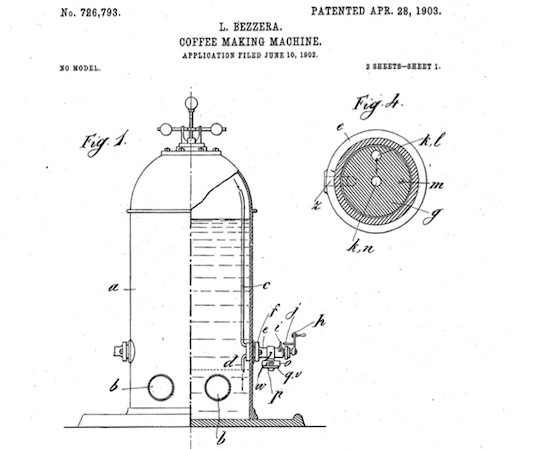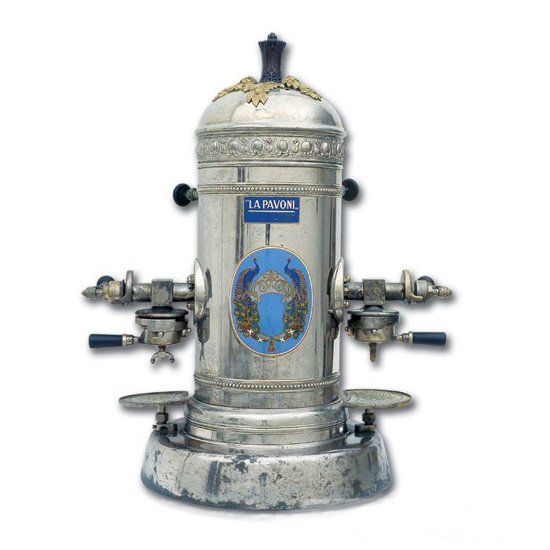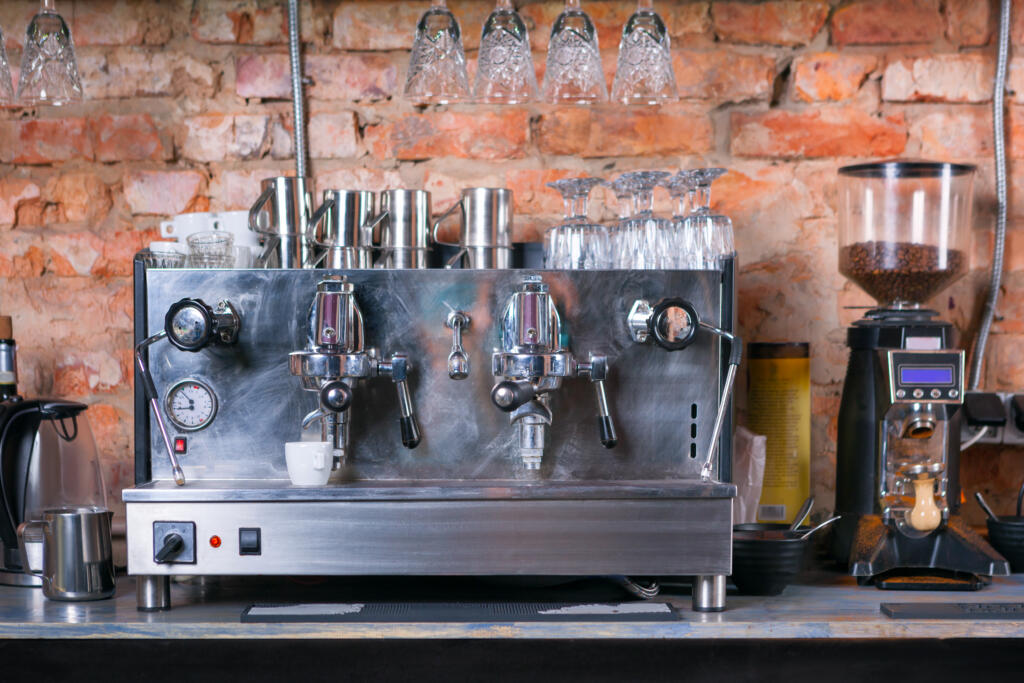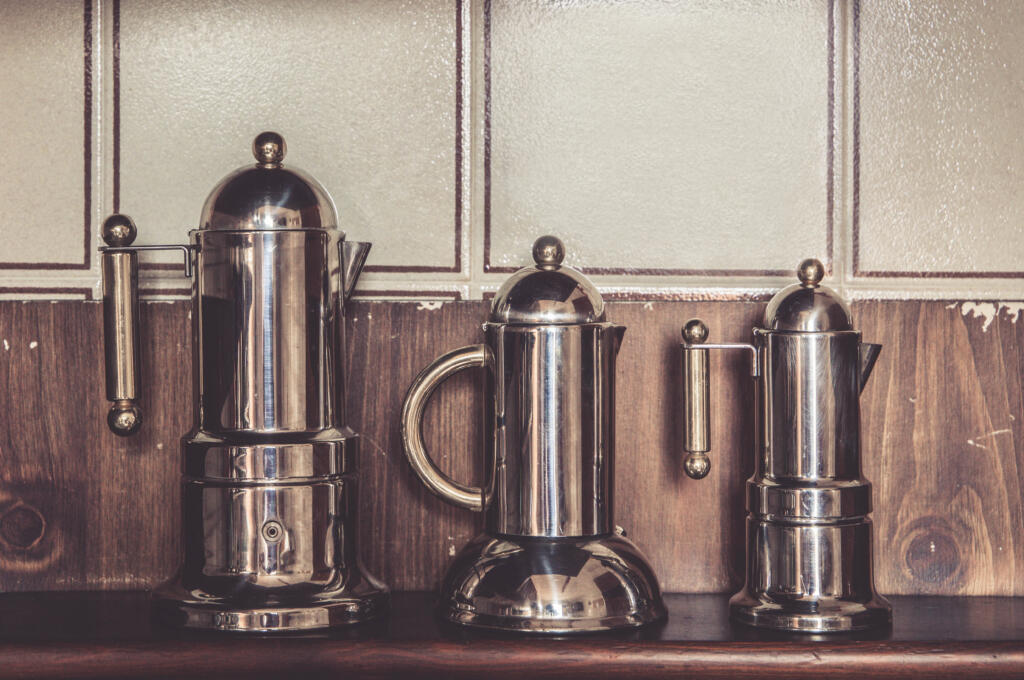Do you ever wonder where the word ‘espresso’ comes from? If so, you’re not alone!
Welcome to the exciting world of espresso! This beloved coffee drink has been around since the early 1900s when it was first introduced by Italian inventors Luigi Bezzera and Desiderio Pavoni. Since then, espresso has become a popular beverage all over the world.

In this blog, we’ll explore the history of espresso and its etymology. We’ll look at the Italian word for espresso, its meaning, and how it has evolved over time. We’ll also discuss the story behind its invention and how it has become an integral part of coffee culture today.
What does espresso mean?
The word “espresso” is derived from the Latin term exprimere, which means “pressed out,” referring to the method of brewing coffee by forcing hot water through the finely ground coffee beans.
What is an espresso?
Espresso is a strong, concentrated form of coffee that has a unique flavor, aroma, and texture that can’t be replicated using other methods. The espresso method has been further popularized due to its use in a variety of specialty drinks such as cappuccino, latte, and macchiato.
How to pronounce espresso

Espresso sounds like
uh·spreh·sow
The origin of espresso
The etymology of the word ‘espresso’ is derived from the Latin term exprimere, which means ‘pressed out’. This verb was then borrowed into Italian as espresso, which refers to coffee brewed by forcing hot water through finely ground, usually darkly roasted coffee.
Angelo Moriondo, an Italian, applied for a patent on a mechanism similar to the espresso machine in 1884 to enable people to produce a rapidly concentrated cup of their favorite coffee.
The name espresso was given to the coffee by two men, Luigi Bezzera and Desiderio Pavoni, who invented the espresso machine in 1945.

Businessman Luigi Bezzera was experimenting with a new method of brewing coffee that involved forcing hot water through finely ground, usually darkly roasted coffee.
By 1901, Luigi Bezzara had obtained a patent for a machine that compressed coffee and served it exclusively to clients.
His design used steam pressure to force hot water through tightly packed coffee grounds, creating a concentrated and intense cup of coffee.
Desiderio Pavoni then took this invention and perfected it in 1905 by creating the first commercial espresso machine. By 1922, Pavoni had opened a factory in Milan where he could mass produce his espresso machines and make them available to cafes worldwide.

“Caffè espresso” was added to the Italian vocabulary in 1920, meaning a pressured filter or machine. The name “espresso” got linked with this cup of coffee prepared by espresso machines as coffee establishments grew filled with working men seeking a powerful caffeine jolt.
The invention of the espresso machine saw a surge in popularity for the drink, and soon after, it became a staple in Italian culture. Espresso has since spread to many parts of the world, becoming a global phenomenon and an important part of many people’s daily lives.
The Evolution of the Word

The word espresso may have Italian origins, but it has evolved over time to become the popular coffee beverage we know today. Initially, it was used to refer to coffee made by forcing hot water through finely ground, usually darkly roasted coffee.
Over time, the word became associated with a specific method for making coffee – a method that involved using steam pressure.
The Rise of Espresso Culture

The rise of espresso culture has been significant since the invention of espresso by Luigi Bezzera and Desiderio Pavoni in the early 20th century. In just a few decades, coffee houses around the world began offering espresso drinks to customers.
The popularity of espresso was further boosted when it was included in the Italian dictionary, indicating its widespread use. This was followed by introducing specialty coffee shops that served espresso-based drinks like cappuccino and latte.
As more people began to appreciate the unique flavor of espresso, it became a staple in coffee houses worldwide. Today, espresso is an integral part of the contemporary coffee-drinking culture and can be found in cafes and restaurants everywhere.
Conclusion
In conclusion, the word ‘espresso’ has a long and fascinating history. It originated from the Latin word ‘exprimere,’ which means to press or squeeze out. The Italians adopted this word as espresso, which translates to ‘pressed out.’ This refers to the specific method by which espresso is made, involving hot water and pressurized steam.
The invention of the espresso is credited to Angelo Moriondo, who unveiled his machine in 1884. Later, Luigi Bezzera and Desiderio Pavoni improved upon the design, creating a modern version of the espresso maker. Since then, espresso has become an essential part of our culture, and its popularity continues to grow.

Editorial Staff
The editorial staff at Crazy Coffee Crave is a team of coffee enthusiasts & Baristas who enjoy the one thing we all think about as soon as we get up in the morning. Trusted by thousands of readers worldwide.





